The Role of Leadership in Fostering an Engaging Work Environment
In today’s fast-paced business world, the importance of an engaging work environment cannot be overstated. It is the cornerstone for not only attracting top talent, but also retaining them. However, fostering such a workplace goes beyond providing recreational facilities or periodic incentives. It begins with the leadership. Leaders bear the primary responsibility for setting the tone of the workplace and cultivating an atmosphere that promotes employee engagement and productivity.
Cultivating Trust and Transparency
Trust and transparency are fundamental to employee engagement. A leader’s ability to be open, honest, and consistent builds confidence among team members. Effective communication is at the heart of this endeavor. Leaders must ensure that information flows in all directions within the organization – from top-down and bottom-up, and between peers. Regular team meetings, open-door policies, and clear feedback mechanisms are just a few ways leaders can maintain transparency and earn trust.
Empowering Employees and Encouraging Innovation
Empowerment is a powerful tool in an engaging work environment. When leaders empower their employees, they give them the authority and responsibility to make decisions within their roles. This not only enhances job satisfaction but also encourages innovative thinking. By fostering a culture where every voice matters and where taking calculated risks is not frowned upon, leaders inspire their workforce to bring new ideas to the table. Recognition of these efforts is equally crucial, as it reinforces positive behaviors and motivates further contributions.
Investing in Development and Growth Opportunities
Leaders who invest in their team’s professional development illustrate a commitment to individual growth and overall organizational success. Development opportunities can take various forms, including mentorship programs, training workshops, and cross-departmental projects. By providing these chances for upskilling and broadening one’s horizon, leaders not only improve their team’s competency but also demonstrate a vested interest in their long-term career progression.
Creating a Supportive and Inclusive Culture
- Acknowledgment of achievements, both big and small
- Promotion of work-life balance through flexible scheduling
- Provision of a supportive framework for mental and physical well-being
- Building a diverse and inclusive workforce where different perspectives are valued
The work environment should be where employees feel supported and included. Leaders play a critical role in ensuring that the organization’s culture aligns with these values. It is essential that employees feel their efforts are recognized and that their well-being is a priority. Further, embracing diversity not only enriches the workplace but also drives innovative problem-solving by incorporating a broad range of perspectives.
Designing Reward Systems That Truly Motivate Employees
Designing Reward Systems That Truly Motivate Employees
Understanding What Motivates Your Workforce
To craft a reward system that truly motivates employees, it’s crucial to begin by understanding the unique drivers of motivation within your team. Individuals are propelled by different factors ranging from monetary incentives to recognition and personal development. Companies can conduct surveys, one-on-one interviews, or utilize feedback tools to gain insights into what their employees value most.
Creating Personalized Reward Plans
Consider implementing personalized reward plans that cater to individual preferences. For instance, some employees may prefer public recognition, while others value additional time off or opportunities for growth. It’s essential to align rewards with employees’ personal and professional goals to ensure that they are relevant and effective in promoting motivation and engagement.
Establishing Clear and Achievable Goals
When designing your reward system, be sure to establish a clear linkage between rewards and specific, achievable goals. Ensure that these goals are communicated transparently and are attainable, which boosts employee confidence and emphasizes the fairness of the reward system.
Measurable Objectives and Feedback
It’s important to set measurable objectives and provide regular feedback. This will not only help employees to track their progress towards earning rewards but also facilitates ongoing improvement. Regular feedback sessions should be constructive, highlighting areas of strength and offering support for overcoming challenges.
Incorporating Non-Monetary Rewards
While monetary bonuses are often appreciated, non-monetary rewards can be equally—if not more—motivating. Examples of such rewards can include flexible working arrangements, professional development opportunities, and enhanced workplace amenities. These rewards can contribute to a positive work culture and long-term employee satisfaction.
Recognition and Career Advancement Opportunities
Acknowledging accomplishments and providing clear paths for career advancement play a pivotal role in employee motivation. By offering recognition programs and transparently discussing career progression, employees are encouraged to stay committed and engaged with the organization’s objectives.
Continuously Evaluating and Improving the Reward System
To maintain an effective reward system, it’s important to continuously evaluate its impact on employee motivation and make adjustments as necessary. This can be accomplished by monitoring performance metrics, gathering employee feedback, and staying aligned with industry best practices. Ensuring your reward system is dynamic and responsive to the needs of employees will help to sustain motivation and drive organizational success.
Incorporating Employee Feedback to Drive Continuous Improvement
Establishing Effective Feedback Channels
Creating an environment where employees feel comfortable providing feedback is essential for fostering continuous improvement. Organizations should offer various channels for communication, ensuring accessibility for all staff members. This can be done through regular surveys, suggestion boxes, one-on-one meetings, and digital platforms that facilitate anonymous submissions. By diversifying feedback channels, businesses empower employees to share constructive insights on processes, policies, and workplace culture.
Acting on Feedback Responsively and Transparently
Merely collecting feedback is not enough; companies must act on it to demonstrate its value. Making changes based on employee suggestions signals that their opinions are taken seriously. Leadership should prioritize action items, set clear timelines for implementation, and communicate progress back to the workforce. Providing updates on the status of feedback encourages further participation and establishes a culture of mutual trust and respect between employees and management.
- Review: Regularly assess the feedback to identify common trends and areas for improvement.
- Plan: Develop actionable plans and strategies to address the areas identified.
- Implement: Put the plans into action, making sure to involve those who provided the feedback.
- Follow-up: Check in on the outcome of changes and communicate the results to the entire team.
Training Leaders to Embrace Constructive Criticism
For a feedback-centric culture to thrive, leadership must be open to constructive criticism and active in seeking out employee insights. Training programs for managers and supervisors should highlight the importance of listening skills, recognizing biases, and managing defensive responses to criticism. Leaders are the linchpins in the feedback loop, and their ability to gracefully accept and leverage feedback directly impacts the organization’s continuous improvement trajectory.
Measuring the Impact of Feedback on Organizational Growth
Tracking the effectiveness of incorporating employee feedback is vital to understanding its impact on operations and morale. By analyzing performance data before and after implementing feedback, organizations can gauge improvements in efficiency, productivity, and employee satisfaction. Regular analysis not only validates the feedback process but also reinforces the organization’s commitment to its people and their pivotal role in shaping the company’s future.
Cultivating a Culture of Learning and Development
Creating an environment that values growth and evolution is essential for organizations striving to stay competitive and innovative. A culture of learning is no longer a nice-to-have but a necessity in the rapidly changing landscape of the modern workplace. In this culture, continuous personal and professional development are heavily emphasized and supported through various means.
Implementing Continuous Learning in the Workplace
For businesses aiming to embed a learning ethos, it is crucial to encourage knowledge sharing and skills enhancement. Tapping into the collective intelligence of the workforce boosts problem-solving capabilities and sets the stage for mutual growth. This can be achieved through structured programs like mentoring schemes, regular training sessions, and providing access to educational resources within the organization.
- Mentoring Programs: Pairing experienced employees with newcomers or less experienced staff can facilitate personalized knowledge transfer and foster an inclusive environment.
- Training Sessions: Regular workshops and seminars keep employees abreast of the latest trends and practices relevant to their fields.
- Educational Resources: Subscriptions to online courses, access to professional training materials, and encouragement to attend industry conferences can empower employees to take charge of their own learning journey.
Encouraging A Growth Mindset
A central element of a learning culture is cultivating a growth mindset among employees where challenges are seen as opportunities to improve rather than insurmountable obstacles. Organizations should celebrate effort and resilience, emphasizing the value of persistence and grit over immediate success. This approach not only helps in skill acquisition but also contributes to employee engagement and retention.
- Persistence Over Perfection: Highlighting stories of resilience in the face of challenges encourages employees to embrace the learning process, even when it is difficult.
- Recognition and Reward: Acknowledging the effort and dedication to learning instills a sense of accomplishment and motivates others to pursue their personal and professional development goals.
Creating Accessible Learning Opportunities
Developing a robust learning infrastructure that is readily accessible to all employees is fundamental for inclusive growth. This means offering various formats and platforms for learning that cater to diverse learning styles and schedules. Flexible online courses, in-house libraries, or even regular «learning lunches» can provide platforms that integrate learning seamlessly into everyday work life.
- Online Learning Platforms: Utilizing e-learning tools that employees can access at their convenience allows for greater flexibility and personalization of learning experiences.
- In-House Libraries: A collection of books, periodicals, and industry publications can serve as a resource hub for employees looking to broaden their knowledge base.
- Peer Learning Sessions: Organized discussions or «learning lunches» promote a collaborative learning environment where employees can exchange ideas and insights.
Implementing Flexible Work Policies for Better Work-Life Balance
Understanding the Essentials of Flexible Work Policies
Implementing flexible work policies begins with understanding what they entail. A flexible work policy offers employees freedom in how, when, and where they complete their work. This can translate to flextime schedules, compressed workweeks, remote work options, and job sharing, among other practices. The key to a successful policy is ensuring that it meets the needs of both the employer and the employees. By aligning business goals with employee well-being, an organization can foster a more productive and satisfied workforce.
Essential Components of a Flexible Work Policy
The foundation of any successful flexible work initiative involves clear guidelines and strong communication. Setting specific parameters around availability, responsiveness, and productivity helps maintain workflow and accountability. Companies may also need to invest in technology such as video conferencing tools and project management software to facilitate effective remote collaboration.
Benefits of Flexible Work Arrangements
Flexible work arrangements can yield significant benefits for employers and employees alike. Employees often experience improved work-life balance, reduced commuting stress, and increased job satisfaction. From an organizational perspective, offering flexibility can aid in attracting and retaining top talent, decreasing overhead costs, and promoting a more inclusive work environment. Moreover, studies have indicated that flexibility can lead to higher levels of productivity, which inherently supports business growth and success.
Positive Impact on Employee Health and Morale
One of the standout benefits of flexible work policies is the positive impact they have on employee health and morale. When employees are allowed to create a work schedule that accommodates their personal lives, they are typically less stressed, healthier, and more engaged in their work. A flexible work environment encourages a culture of trust and respect, which underpins a strong and cooperative team dynamic.
Challenges and Solutions in Flexible Work Implementation
While the advantages of flexible work policies are clear, organizations may face challenges in their implementation. These might include maintaining communication among team members, managing projects effectively, and ensuring equitable treatment of all employees. To overcome these challenges, businesses can establish clear procedures for remote work, encourage regular team meetings and check-ins, and provide training on time management and self-discipline.
Embracing Technology and Communication Tools
Embracing technology is critical to facilitating flexible work policies. With the right communication tools and digital platforms, teams can stay connected regardless of physical location. Cloud-based services, instant messaging apps, and collaborative workspaces can ensure that flexibility doesn’t come at the expense of productivity or team cohesion.
Regular training and updates on these tools can help everyone make the most of the technology available.
Best Practices for Monitoring and Evaluating Flexible Work Policies
For any policy to be effective, ongoing monitoring and evaluation are essential. Establishing Key Performance Indicators (KPIs) that align with flexible work setups can help measure the success of such policies. Through regular surveys and feedback sessions, businesses can gauge employee satisfaction and adjust the policies as required. Additionally, maintaining an open dialogue allows for continuous improvement and ensures that the flexible work policies remain beneficial for all parties involved.
Continuous Feedback Loop for Policy Refinement
Creating a continuous feedback loop is a best practice in the implementation of flexible work policies. By actively seeking out employee opinions and experiences, businesses can refine their approaches to suit evolving needs. It is also prudent for organizations to stay abreast of trends and innovations in workplace flexibility, adjusting their strategies to stay competitive and meet the demands of their workforce.


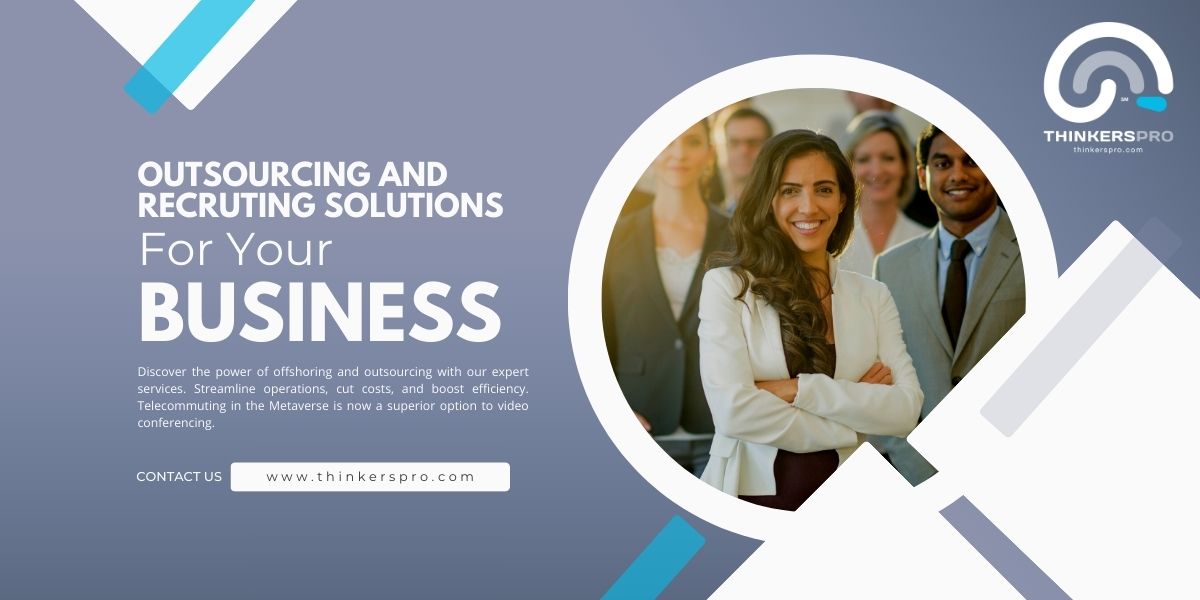
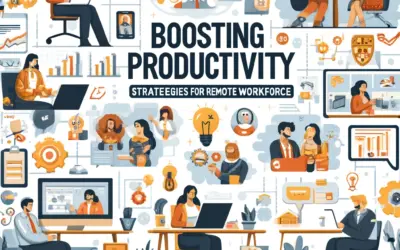
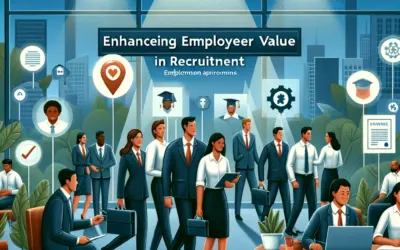
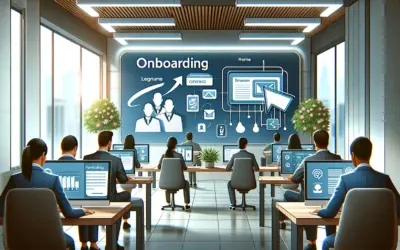

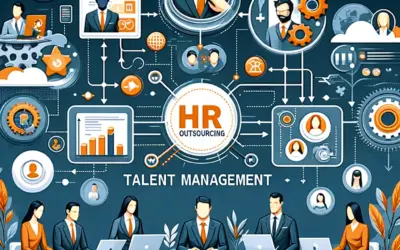
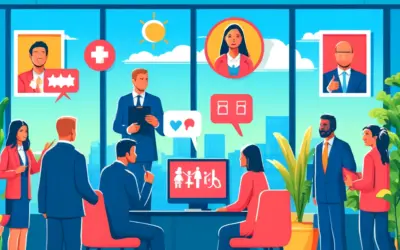




0 comentarios